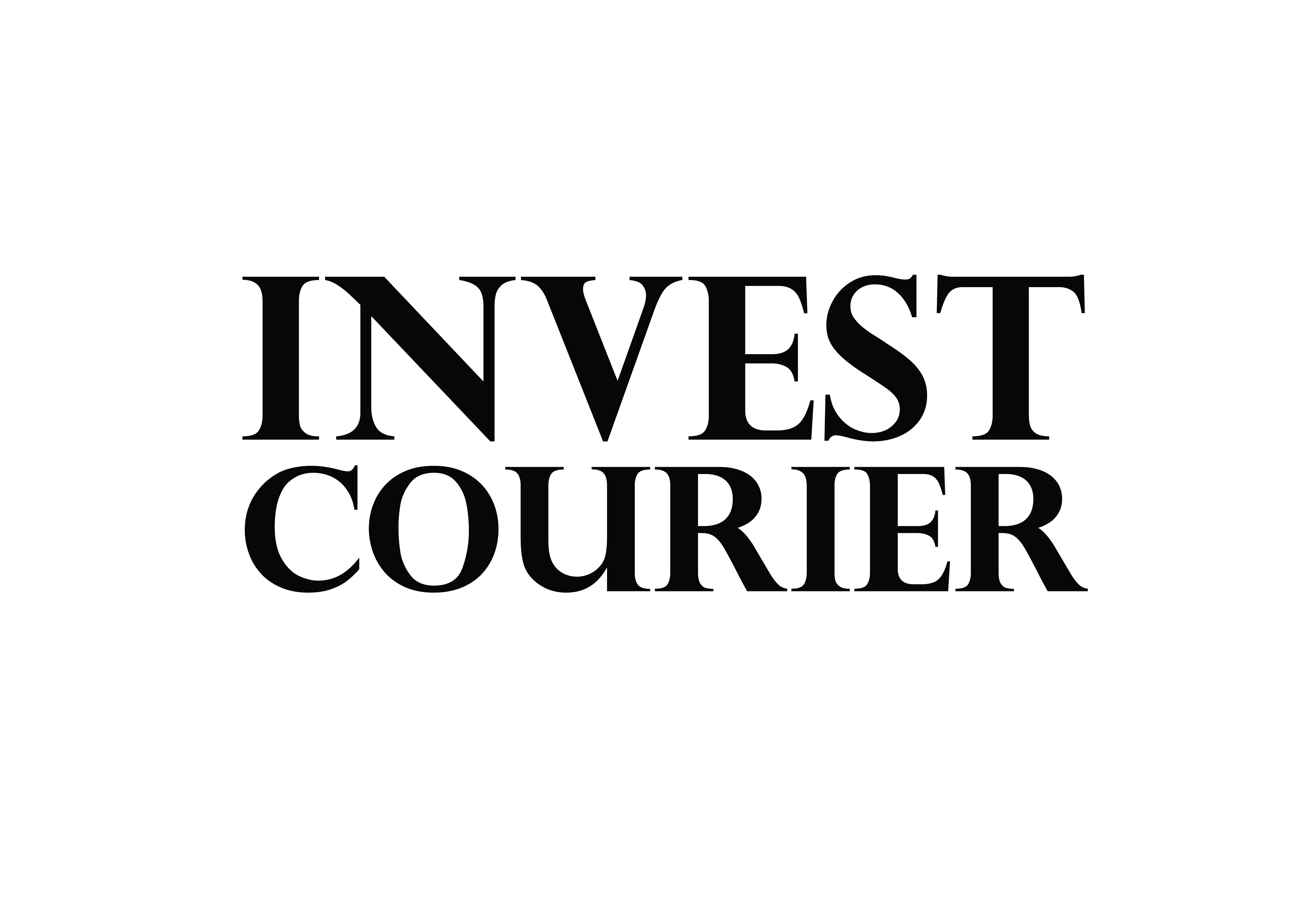Freelancers and gig workers face unique money challenges. Unlike traditional jobs with steady paychecks, your earnings may vary each month. This makes budgeting tricky, but not impossible.
Cassidy Horton, MBA and founder of Money Hungry Freelancers, tripled her salary using smart strategies. Her story proves that with the right approach, you can control your finances—even with unpredictable pay.
Over 50% of Americans now freelance or take gig work. If you’re part of this growing trend, you need a system to balance business and personal expenses. Tools like Found and EveryDollar can help automate tax calculations and track spending.
Key Takeaways
- Freelancers often deal with fluctuating paychecks, requiring flexible budgeting.
- Emergency funds are crucial for covering taxes and unexpected costs.
- Banking strategies and budget frameworks can stabilize finances.
- Automated tools simplify tracking income and expenses.
- Psychological preparedness helps handle income uncertainty.
1. Separate Your Personal and Business Finances
Keeping your business and personal money separate is the first step to financial clarity. Blurring these lines can lead to missed deductions, IRS scrutiny, or legal vulnerabilities. Even solopreneurs benefit from clear divisions.
Why a dedicated business account matters
Legal protection tops the list. If you’re sued, commingled funds weaken your case. Courts may treat personal assets as fair game. LLCs and sole proprietorships gain credibility with proper separation.
Tax season becomes simpler too. Deductible expenses are easier to track when transactions aren’t mixed with grocery runs or Netflix subscriptions. A freelancer in Austin avoided an audit by using Found’s auto-categorized transactions.
Features to look for in a business bank account
Not all accounts are equal. Prioritize these features:
- Tax withholding automation: Tools like Found estimate quarterly tax payments.
- FDIC insurance: Piermont Bank backs Found accounts for security.
- Invoicing integrations: Send bills and track payments in one place.
| Feature | Traditional Banks | Neobanks (e.g., Found) |
|---|---|---|
| Monthly Fees | $10–$30 | $0–$10 |
| Tax Tools | Rare | Built-in |
| Mobile App | Basic | Advanced |
Avoid peer-to-peer apps like Zelle for business transactions. They lack records for deductions. Instead, use accounts with detailed reporting. The right bank account turns chaos into control.
2. Calculate Your Average Monthly Income
Finding stability starts with knowing your numbers. Variable paychecks require a baseline to plan expenses and savings. Start by analyzing your past earnings to create a reliable monthly estimate.
Using a 12-month average vs. your lowest-earning month
A 12-month rolling average smooths out spikes and dips. Add your last year’s total income, divide by 12. For example, $60,000 annually equals $5,000 monthly.
Conservative freelancers prefer budgeting around their lowest-earning month. This builds a buffer but may limit growth. Compare both methods:
| Method | Pros | Cons |
|---|---|---|
| 12-Month Average | Reflects true earning potential | Riskier during downturns |
| Lowest Month | Safety net for lean periods | Underutilizes surplus income |
Adjusting for seasonal fluctuations
Wedding photographers earn 70% in summer, while coders may see winter lulls. Track quarterly patterns and set aside surplus for slower months.
Tools like QuickBooks Self-Employed automate averaging, while spreadsheets offer flexibility. Red flags include ignoring client payment delays or IRS 3-year averaging rules for deductions.
Tip: Revisit calculations every quarter. Economic shifts or new clients can change your numbers.
3. Track Both Business and Personal Expenses
Smart expense management separates thriving freelancers from struggling ones. When your income fluctuates, controlling spending becomes your financial lifeline. Start by categorizing every transaction—the IRS rewards meticulous record-keepers.

Essential business expenses to monitor
Over 40% of freelancers miss deductions simply by poor tracking. Focus on these often-overlooked business costs:
- Home office: Deduct $5/sq ft (up to 300 sq ft) via the simplified IRS method
- Mileage: 65.5¢ per mile for client meetings in 2023
- Meals: 50% deductible when discussing work with clients
A graphic designer in Denver slashed taxable income by 22% by documenting software subscriptions and co-working space fees.
Personal living costs to prioritize
Your budget needs flexibility for essentials:
| Category | Smart Tracking Tip |
|---|---|
| Groceries | Separate from dining-out apps like DoorDash |
| Healthcare | Use HSAs for tax-free savings |
Warning signs like maxed-out credit cards often stem from blurred personal/business spending lines.
“I audit 200+ freelancers yearly—the ones who survive always track expenses weekly, not yearly.”
Tools like You Need a Budget (YNAB) sync with business accounts, while Mint excels for personal finance. Apply the 30% Rule: Automatically set aside 30% of each payment for taxes in a separate account.
4. Pay Yourself a Consistent Salary
A steady paycheck isn’t just for employees—freelancers can create one too. By setting a fixed monthly amount, you gain predictability amid variable earnings. This approach reduces stress and helps align spending with long-term goals.
Finding your magic number
Use this formula: (Annual Net Profit – Taxes) ÷ 12 = Monthly Salary. For example, if you net $75,000 after expenses and owe $15,000 in taxes, your salary becomes $5,000/month.
Tools like Found automate this math. Their cash cushion feature holds surplus earnings for lean months, smoothing out bumps.
Building financial shock absorbers
Freelancers need larger buffers than traditional employees. Aim for 3-6 months’ living costs in high-yield savings. One writer survived a 90-day client drought using this system:
- Transferred 30% of each payment to tax escrow
- Paid herself $3,500/month consistently
- Stashed surplus in a CIT Bank account (4.5% APY)
“When I stopped spending every dollar earned, my business became sustainable.”
Adjust your salary annually for inflation or lifestyle changes. During boom periods, resist overspending—those extra funds should pad your buffer, not fuel impulse buys.
5. Create a Dual Budget System
Juggling two budgets transforms financial chaos into clarity. Separate plans for business and personal spending help you stay prepared, whether earnings soar or dip. Tools like EveryDollar simplify this split with paycheck-planning features.
Business Budget: Taxes, Bills, and Emergency Funds
Your business budget safeguards stability. Prioritize these non-negotiables:
- Quarterly taxes: Set aside 30% of each payment in a separate account.
- Software subscriptions: Track tools like Adobe Creative Cloud for deductions.
- Emergency fund: Aim for 3 months’ operating costs—client droughts happen.
Underestimating insurance costs? Many freelancers do. Add these to your budget:
| Expense | Annual Cost Estimate |
|---|---|
| Liability Insurance | $500–$1,200 |
| Health Insurance | $4,000–$12,000 |
Personal Budget: The 50/30/20 Rule for Freelancers
Adapt the classic rule for variable income:
- 50% Needs: Rent, groceries, healthcare.
- 30% Wants: Dining out, travel—cut back in lean months.
- 20% Savings: Build an emergency fund first, then invest.
“I use sinking funds for big purchases—setting aside $200/month avoids debt when my laptop dies.”
Review both budgets quarterly. Adjust for new clients, seasonal shifts, or goals like a SEP IRA contribution. Profit-first budgeting ensures you pay yourself before spending surplus income.
6. Diversify Your Income Streams
Relying on one source of earnings leaves you vulnerable to financial shocks. Smart freelancers balance project-based work with passive revenue to create stability. This strategy turns unpredictable paychecks into a reliable plan.

Active Income: Scaling Client Work
Adding more clients boosts short-term cash flow but demands time. Compare these approaches:
- Retainers: Negotiate monthly fees for steady income (e.g., $2k/month for 10 blog posts).
- Raising rates: A 20% increase on 5 projects equals one extra job.
Tools like Hectic automate proposals to save 8+ hours/week. Warning: Overbooking burns out creativity.
Passive Income: Affiliate Marketing & Digital Products
Digital products generate money while you sleep. A real estate agent earned $10k/month selling a $297 course on Teachable. Key steps:
- Validate demand with surveys or low-cost prototypes.
- Host on Podia (better analytics) or Udemy (built-in audience).
“My affiliate links cover health insurance—diversification buys freedom.”
| Stream | Time Investment | Tax Consideration |
|---|---|---|
| Client Work | High | 1099 forms |
| Digital Products | Low (after launch) | Self-employment tax |
IRS rules require tracking affiliate links as business income. Use Lili or QuickBooks to separate revenue streams. The right mix depends on your way of working—test options quarterly.
7. Build a Robust Emergency Fund
Financial safety nets separate thriving freelancers from those living paycheck to paycheck. Unlike traditional employees, you lack employer-backed benefits—making a sizable emergency fund your first line of defense against unexpected crises.
The freelancer’s savings advantage
Traditional workers often settle for 3-6 months of expenses. For you, 6-12 months provides real security. Why? Client delays, project cancellations, and equipment failures hit harder when you’re self-employed.
A recent analysis shows common emergencies cost freelancers:
- Medical leave: $3,000–$5,000/month
- Laptop replacement: $1,200–$2,500
- Client non-payment: 12% of invoices over 90 days late
Where to park your safety net
Not all savings accounts work equally well. Compare options:
| Account Type | Accessibility | Typical Yield |
|---|---|---|
| High-Yield Savings | Instant transfers | 4.00–4.50% APY |
| Money Market | Check-writing | 3.75–4.25% APY |
| CD Ladder | Penalty-free tiers | 4.50–5.00% APY |
Pro tip: Keep 3 months’ cash in an FDIC-insured savings account for immediate needs. Stash the remaining 3-9 months in a money market fund or short-term CDs.
“My 8-month buffer saved me when a major client folded—I rebuilt without debt.”
Calculate your true needs by tracking:
- Fixed living costs (rent, insurance)
- Business overhead (software, subscriptions)
- Healthcare premiums (COBRA runs $600+/month)
Automate contributions—transfer 10-20% of each payment to your emergency fund until reaching your target. Apps like Qapital make this painless with round-up rules.
8. Master Quarterly Tax Payments
Tax season doesn’t have to be stressful when you understand quarterly payments. Unlike employees with withholdings, freelancers must proactively submit *estimated taxes* to avoid penalties. The IRS requires four payments annually, tied to your business income.
Calculating estimated taxes (Form 1040-ES)
Form 1040-ES helps estimate what you owe. Follow these steps:
- Review last year’s tax return for baseline figures.
- Adjust for current income changes (new clients, higher rates).
- Use the IRS worksheet to calculate 25–30% of net earnings.
Freelancers often underpay because they deduct expenses late. Track receipts monthly to avoid this. TurboTax and H&R Block offer calculators, but a CPA ensures accuracy.
Key IRS deadlines for self-employed filers
Mark these 2024 dates:
| Payment Period | Deadline |
|---|---|
| Jan–Mar | April 15 |
| Apr–May | June 15 |
| Jun–Aug | September 15 |
| Sep–Dec | January 16 (2025) |
Miss a deadline? The IRS charges 0.5% monthly interest. Safe harbor rules let you avoid penalties if you pay either:
- 90% of this year’s tax liability, or
- 100% of last year’s taxes (110% if income exceeds $150k).
“I automate transfers to a tax account—no more April panic.”
State taxes often follow federal deadlines. Check local requirements—some, like California, demand higher prepayments. Apps like QuickBooks Self-Employed sync with your accounts and flag upcoming tax payments.
9. Optimize Your Pricing and Contracts
Contracts aren’t just paperwork—they’re financial shields for your business. The right pricing strategy and ironclad agreements protect your payments and prevent misunderstandings. This dual approach turns volatile earnings into sustainable work.
When to raise rates or offer packages
Value-based pricing beats hourly rates. Calculate your magic number: (Annual Expenses + Profit Goal) ÷ Billable Hours. Designers using this way often earn 20-30% more than competitors charging by the hour.
Package pricing creates predictable income. Consider these models:
| Package Type | Best For | Pricing Tip |
|---|---|---|
| Retainers | Ongoing work | Offer 10% discount for 6-month commitments |
| Project-Based | One-off jobs | Bundle 3 services at 15% off |
| Productized | Scalable solutions | Price at 3x your hourly rate |
Essential clauses for freelance contracts
The Freelancers Union recommends these non-negotiable terms:
- Payment schedule: 50% upfront, 50% upon completion (net 15)
- Kill fee: 25-50% for canceled projects
- Liability limitation: Caps damages at contract value
Scope creep prevention starts with this clause: “Additional work requested beyond agreed deliverables will be billed at $X/hour.”
“My contract’s late fee clause reduced delayed payments from 30% to 3% of invoices.”
Digital signature tools like DocuSign enforce agreements faster. Pair contracts with errors-and-omissions insurance for complete protection. This plan ensures you and your clients stay aligned.
10. Plan for Retirement and Insurance
Retirement planning for freelancers isn’t optional—it’s a financial lifeline. Without employer-sponsored plans, you must create your own safety nets. Start by prioritizing tax-advantaged accounts and essential insurance coverage.
SEP IRAs vs. Solo 401(k)s: Which Fits You?
SEP IRAs offer simplicity and high contribution limits ($66,000 in 2023). They’re ideal if you want minimal paperwork. Contributions are tax-deductible, reducing taxable income.
Solo 401(k)s provide extra flexibility. You can contribute as both employer and employee, plus take loans against your balance. Compare key features:
| Feature | SEP IRA | Solo 401(k) |
|---|---|---|
| Max Contribution | 25% of net earnings | $22,500 + 25% profit |
| Loan Option | No | Yes (up to $50k) |
| Deadline | Tax Day | Dec 31 (employee portion) |
Pro tip: A backdoor Roth IRA strategy bypasses income limits. Contribute to a traditional IRA, then convert it tax-free.
Health and Disability Insurance Essentials
Freelancers often overlook insurance until crises hit. Prioritize these coverages:
- Health Insurance: ACA marketplace plans or healthshares (lower cost but fewer guarantees).
- Disability: “Own occupation” policies pay if you can’t work your specific job.
- Liability: Protects against client lawsuits ($500–$1,200/year).
“My HSA covers medical bills while reducing taxes—triple tax benefits beat regular savings.”
Enroll during state exchange periods (Nov–Jan). For retirement, automate contributions—even small amounts grow with compound interest.
Conclusion
Mastering your finances with variable earnings is possible. The 10-step system—from separating accounts to diversifying income—gives you control. Tools like Found simplify tax planning, while a dual budget keeps business and personal spending clear.
Cassidy Horton’s advice rings true: “Consistency beats perfection.” Start small—track expenses for three months, build an emergency fund, and automate savings. Avoid common pitfalls like neglecting quarterly taxes or undercharging for your work.
Join communities like Money Hungry Freelancers for support. Review your plan annually, adjusting for growth. Financial freedom isn’t about steady paychecks—it’s about smart systems.
Ready to take charge? Audit your goals today. Every step forward strengthens your financial future.
FAQ
Why should I separate personal and business finances?
Keeping them apart simplifies tax filing, improves cash flow tracking, and protects your personal savings from business risks. A dedicated business account also makes expense monitoring easier.
How do I calculate my average monthly income?
Review your last 12 months of earnings, add them up, and divide by 12. This helps smooth out highs and lows, giving you a realistic baseline for budgeting.
What’s the best way to track expenses?
Use apps like QuickBooks or Mint to categorize spending. Separate essentials (rent, utilities) from discretionary costs (entertainment). Regularly review to spot trends.
How do I set a consistent salary?
Base it on your average monthly income minus business costs. Transfer this fixed amount to your personal account, treating it like a regular paycheck.
What’s a dual budget system?
It means creating two budgets—one for business (taxes, tools, marketing) and one for personal needs (groceries, rent). The 50/30/20 rule helps allocate personal funds wisely.
How can I diversify my income?
Add freelance clients in different industries, sell digital products, or try affiliate marketing. Multiple streams reduce reliance on a single source.
How much should I save for emergencies?
Aim for 6–12 months of living expenses. Stash it in a high-yield savings account like Ally Bank for easy access and growth.
When are quarterly tax payments due?
The IRS deadlines are April 15, June 15, September 15, and January 15. Use Form 1040-ES to calculate and pay estimated taxes.
Should I raise my rates?
Yes, if you’re consistently booked or your skills have grown. Package services (e.g., monthly retainers) can also stabilize income.
What retirement plans work for freelancers?
SEP IRAs and Solo 401(k)s offer tax benefits. Pair them with health insurance (via Healthcare.gov) and disability coverage for full protection.


